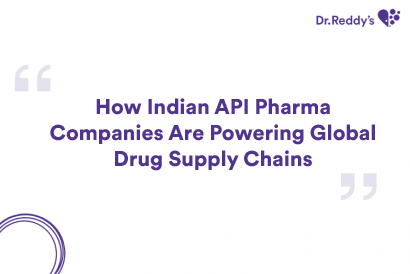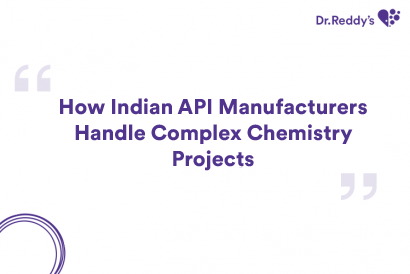Effective Formulation Development Strategies for Poorly Soluble Active Pharmaceutical Ingredients
API solubility character is a critical factor in topical drug development. Unfortunately, most APIs exhibit poor solubility, requiring excipient composition and formulation process adjustments. In addition, 80% of New chemical entities (BCS class II and IV) have a low solubility. The main consequence of insufficient API solubility in the dosage form includes – low drug loading, stability issues, and lower skin permeation.
In the quest for improving the solubility of poorly water-soluble drugs, a host of formulation strategies have been tried by various formulators. These include particle size reduction, crystal engineering, salt formation, use of surfactants, complexation, and so on. One such strategy is incorporating active molecules into microscopic particles (nanoparticles) with highly hydrophilic surfaces. By providing a large surface area in contact with water molecules, they can increase water solubility, which increases their hydrophilicity and facilitates their dissolution.
The three most used solvent systems for rapid and efficient solubilization of poorly water-soluble APIs are Glycols/Polyols, Surfactants/Surface active agents, Poloxamers, or polymers. The effective formulation development strategies for poorly soluble active pharmaceutical ingredients (APIs) are:
Designing an appropriate solvent/co-solvent/solubilizer system
Poorly soluble APIs (APIs) are extremely challenging to formulate, especially in the topical market, due to their low solubility. An appropriate solvent/co-solvent/solubilizer system within a formulation is, therefore, crucial to improving the water-solubility of an API without requiring complex formulation or physicochemical modifications.
Poorly water-soluble active ingredients (APIs) must be solubilized and formulated effectively to enhance their skin permeation and other pharmaceutical properties. For successful drug development, this solubility character is critical and will influence the choice of the excipients and the formulation parameters.
Particle size reduction strategies and crystal engineering
Size reduction strategies by either micronization or nanosizing can enhance a drug's effective surface area (S). In addition, the polymeric stabilizers present within the formulations can improve. Solubility plays a vital role in the drug absorption and dissolution process. Various strategies, such as modification of the structure of the drug, particle size reduction, and crystal engineering, can be explored.
BCS Class II drug product with low solubility and high permeability requires a very fine PSD of the API to match the dissolution profile. Formulators can meet this requirement by offering a micronized API with customized particle sizes. The objective of formulating is to formulate a drug system that can satisfy the following criteria:
- Pharmaceutical activity or properties are retained or enhanced when administered orally or systemically
- The physical/chemical form of the drug delivery is compatible with its other desired properties
- Consumption of active ingredients at therapeutic doses is not significantly harmful because of sub-potent systemic exposure
- Systemic bioavailability is acceptable
- Good excipient profile.
Salt Formation Strategies
Salt formation is the most effective process for increasing solubility and dissolution rates for acid and basic drugs. The salt form may well impact the wettability and thereby can increase solubility several hundred-fold, significantly affecting the dissolution rate.
Use of Surfactants
The mechanisms of surfactant solubilization have been substantially evaluated. Therefore, these approaches are attractive as they are aligned with standard tableting processes, easily scalable, and very cost-effective. In addition, surfactants can have several functional roles that include:
- Enhancing API solubilization, wettability, and dissolution
- Reducing in-vivo API precipitation
Use of Cyclodextrins
Cyclodextrins are cyclic oligosaccharides used to improve the water-solubility and bioavailability of drugs. They are functional excipients that form dynamic inclusion complexes in solutions with APIs. Typically, the substituted β-cyclodextrins are used in the formulation. Usually, the hydrophobic API resides, and the external hydrophilic cyclic oligosaccharides impart very high aqueous solubility of the complex molecules and typically solubilize APIs as a function of their concentration.
Hydrophilic and Lipidic Solvents
Lipid-based formulations have been shown to enhance oral lipophilic drug absorption and mitigate potential food effects. In addition, drugs with high Log P can be administered efficiently with this approach, as lipidic solvents already fully solubilize the compounds before they enter the body (higher Cs).
Various components of self-emulsifying systems and their selection criteria are reviewed critically, along with attempts made by various scientists to transform liquid self-emulsifying drug delivery systems (SEDDS) into solid SEDDS by adsorption, spray drying, lyophilization, and melt granulation. PEGs, poloxamers, and other hydrophilic vehicles are ideal solvents due to their powerful solvating properties and miscibility with water.
Amorphous Stabilized Approaches
By overcoming crystal lattice energy, amorphous stabilized approaches can increase solubility and yield thermodynamically metastable APIs. These approaches can significantly enhance both solubility and bioavailability.
- Call us:
 +91 40 49002253
+91 40 49002253
Contact Us
Preencha o formulário a seguir e entraremos em contato em breve.





